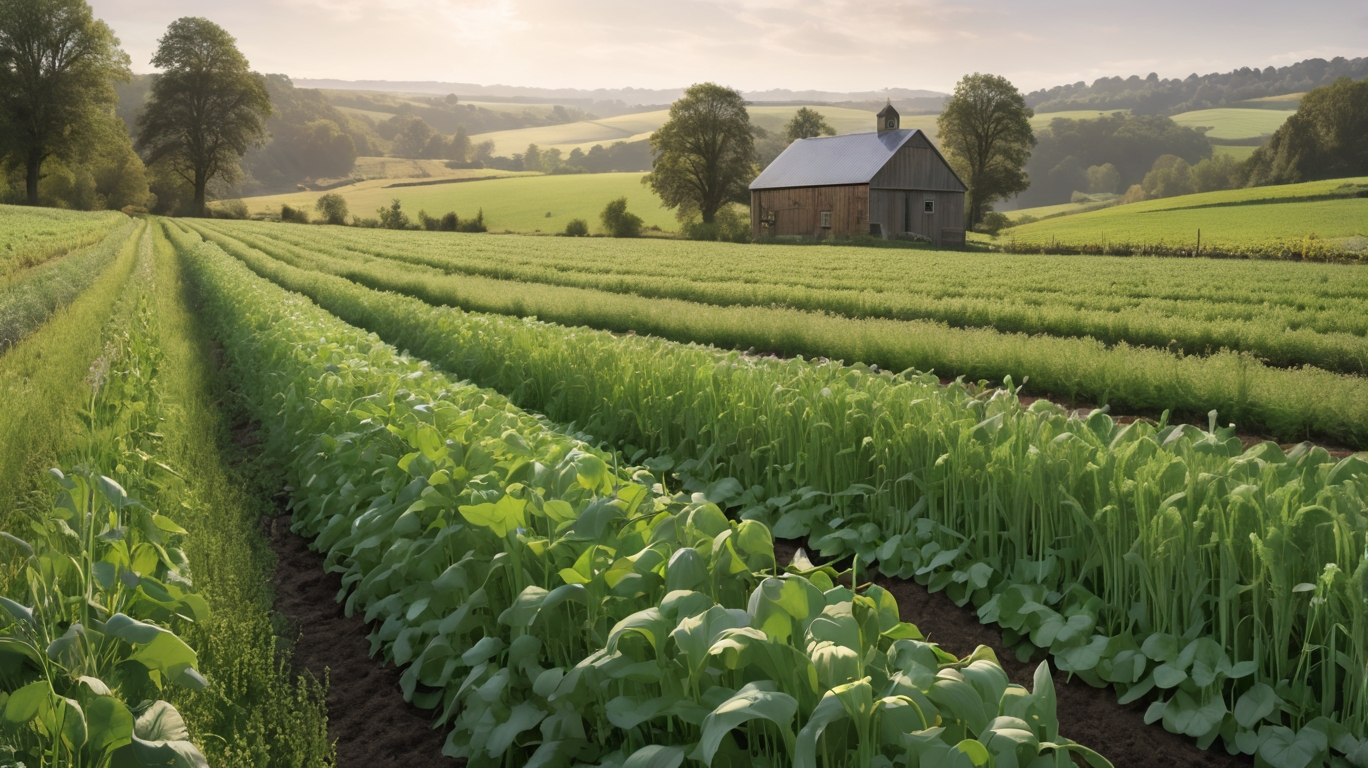The Gentle Power of Cover Crops: A Quiet Boost for Your Garden
In the rhythm of nature, there is a quiet yet profound practice that nurtures the soil, protects ecosystems, and sustains future harvests—the use of cover crops. Often overlooked in favor of more immediate gardening tasks, cover crops work silently beneath the surface, offering long-term benefits that make them a wise choice for any gardener or farmer seeking harmony with the land.

What Are Cover Crops?
Cover crops are plants grown not for harvest but to benefit the soil. They are typically sown during off-seasons or between main crops, acting as a living mulch that shields and enriches the earth. Common cover crops include clover, rye, vetch, and buckwheat, each bringing unique advantages to the garden.
The Soothing Benefits of Cover Crops
1. Soil Health & Fertility
Cover crops gently improve soil structure by preventing erosion and compaction. Their roots break up hard earth, allowing air and water to penetrate more deeply. When these plants are eventually turned back into the soil (a process called “green manure”), they decompose, adding organic matter and nutrients like nitrogen—reducing the need for synthetic fertilizers.
2. Natural Weed Suppression
A dense cover crop shades the soil, discouraging weeds from taking root. This natural method reduces reliance on herbicides, creating a more balanced and low-maintenance garden.
3. Water Conservation
By acting as a protective blanket, cover crops help the soil retain moisture, reducing the need for frequent watering. Their roots also prevent runoff during heavy rains, keeping nutrients in place.
4. Pest & Disease Management
Some cover crops, like mustard and marigolds, release natural compounds that deter harmful pests and soil-borne diseases. This creates a healthier environment for future crops without harsh chemicals.
5. Support for Pollinators & Wildlife
Flowering cover crops, such as clover and phacelia, provide nectar for bees and other pollinators. They also offer shelter for beneficial insects, fostering biodiversity in the garden.
6. Climate Resilience
Cover crops pull carbon from the atmosphere and store it in the soil, contributing to climate mitigation. They also protect against extreme weather, whether by preventing erosion in heavy rains or insulating the soil during droughts.
A Simple Start with Cover Crops
Incorporating cover crops doesn’t require drastic changes. A few small steps can make a difference:
- After Harvest: Sow winter rye or clover in empty garden beds to protect them over the colder months.
- Between Plantings: Use fast-growing buckwheat in summer gaps to suppress weeds and improve soil.
- As Living Mulch: Plant low-growing clover around taller crops to retain moisture and add nitrogen.
A Practice of Patience & Care
Cover crops may not offer instant gratification, but their benefits unfold quietly over time. They remind us that good gardening is not just about what we take from the earth, but what we give back. By embracing cover crops, we cultivate resilience, nurture biodiversity, and ensure that the land remains fertile and vibrant for seasons to come.
In a world that often moves too fast, cover crops invite us to slow down, observe, and work with nature—a gentle, restorative approach that yields abundance in its own time.
Would you like help choosing the best cover crops for your specific garden needs? Feel free to ask—I’m happy to share peaceful, practical advice. 🌱